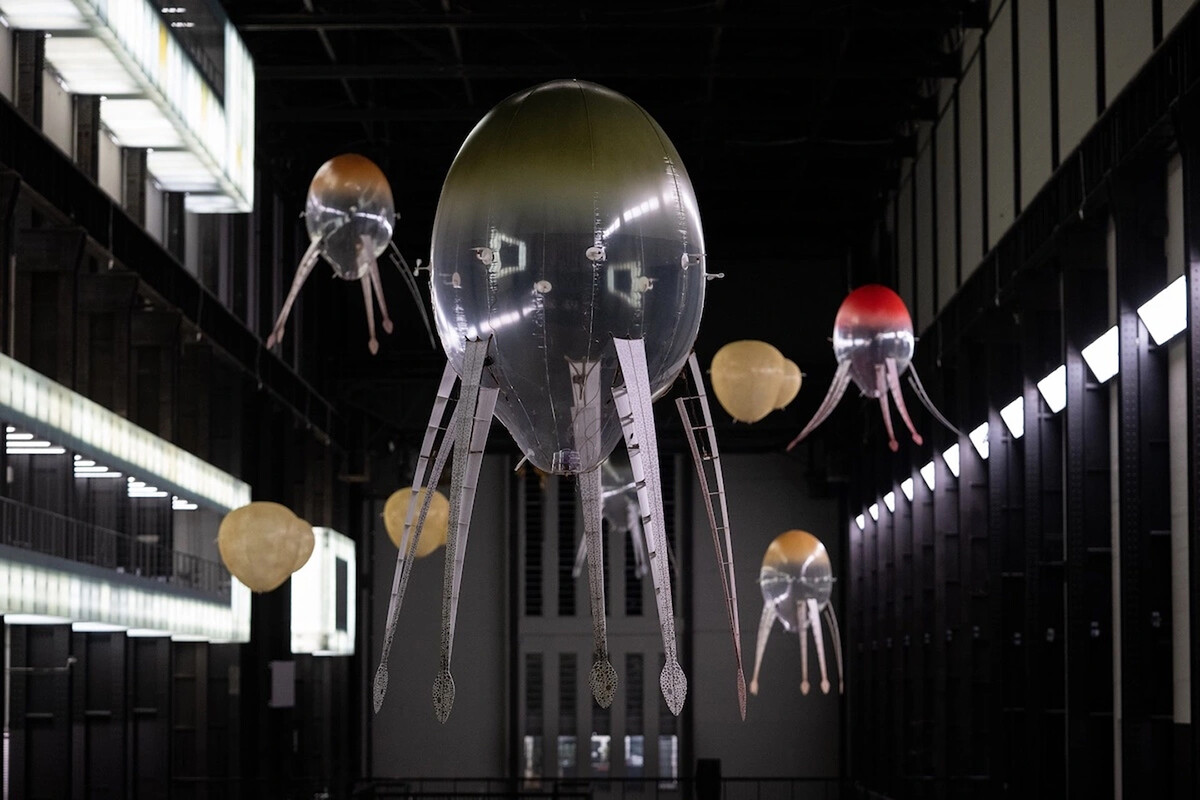Office Hours: Eva Díaz: Pratt Institute
1. Why did you decide to go into teaching?
One of my important mentors when I was an undergraduate at UC Berkeley was Jerome Karabel, a sociologist of education. I was his research assistant on a project about the politics of the intelligentsia that considered, in a neo-Gramscian and neo-Bourdieu-ian way, how class and power play into intellectuals’ political affiliations.
As a high school student my first loves in visual art were Dada and surrealism, and I was galvanized by the surrealist proposition that unleashing the unconscious from bourgeois norms would foster collective creativity. Then everyone would become an artist! But of course, the issue of who speaks for whom and whose (un)conscious is liberated in a revolution, surrealist or otherwise, is historically a deeply problematic one. Karabel’s research was formative, addressing how the polemics and pedagogies of the cultural elite can and can’t promote oppositional or revolutionary values.
Then suddenly, in 1995, the University of California Board of Regents overturned the system-wide affirmative action policy Karabel had drafted, and the number of Black, Latino/a, and South Asian students admitted to Berkeley plummeted. His work, and by extension mine, pivoted to mobilizing state and national communities to reinstate some notion of equal outcomes and cultural fairness in higher education.
A high-quality liberal arts education should remain universally accessible and not only to those families who already appreciate education. When I was a high school student in San Bernardino, California, I remember going into classmates’ homes where the only printed volume was the telephone book. That kind of uneven distribution of knowledge resources is something broad access to excellent higher education can counter. Education’s capacity to cultivate social change, as a means of expanding individual consciousness or facilitating social transformation through collective intellectual growth, is something that I value immensely.
2. What drew you to your school and what is your teaching philosophy?
In 2008, the year before I defended my PhD at Princeton, I was working full-time as a curator at Art in General, a now-shuttered space that was part of a wave of artist-run organizations founded in New York from the late 1960s to the 1980s. Even then I was also teaching contemporary art at Parsons and Sarah Lawrence College and working as an art critic. As much as I enjoyed working directly with artists, I ran into some problems about what I could write at a place where curatorial endeavors were not considered a protected form of speech.
Academic freedom means publishing without fear of reprisal. In 2009 Pratt offered me the newly created position of historian of contemporary art, which bridged the work I was doing in mid-century modernism to the curation and art criticism I was invested in.
“What is my teaching philosophy?” is an enormous question, one I’ll likely be answering my whole life. I believe practices of teaching and learning are mutually informing and interdependent, and I strive to practice an educational egalitarianism that, as Josef Albers once wrote, will “break through the boundary between those teaching and those being taught, because then everybody will be teacher and student at the same time.”
Read more of Eva Díaz’s Office Hours on School Watch.
Office Hours is a questionnaire series that gathers insights on teaching from artists. In response to ten prompts, educators reflect on the discourses and approaches that animate their teaching, share their visions for the future of art education, and offer advice for students navigating the field of contemporary art.
School Watch presents critical perspectives on art and academia. Featured profiles, surveys, and dialogues consider education in fine art, curating, and critical theory, as well as the ideas and conditions that influence practice.




